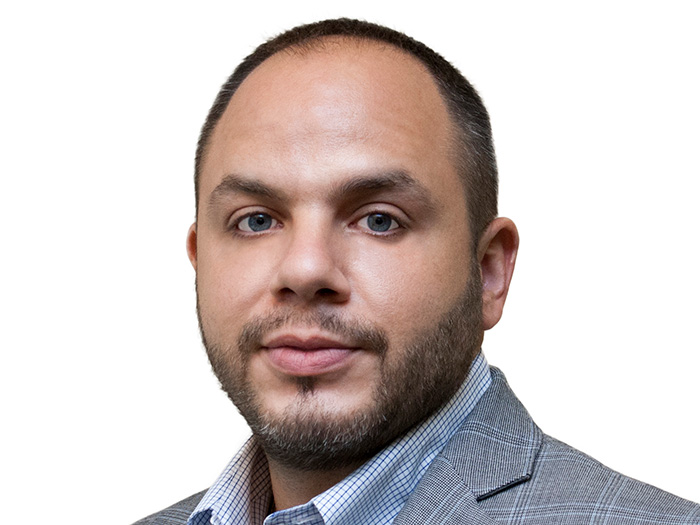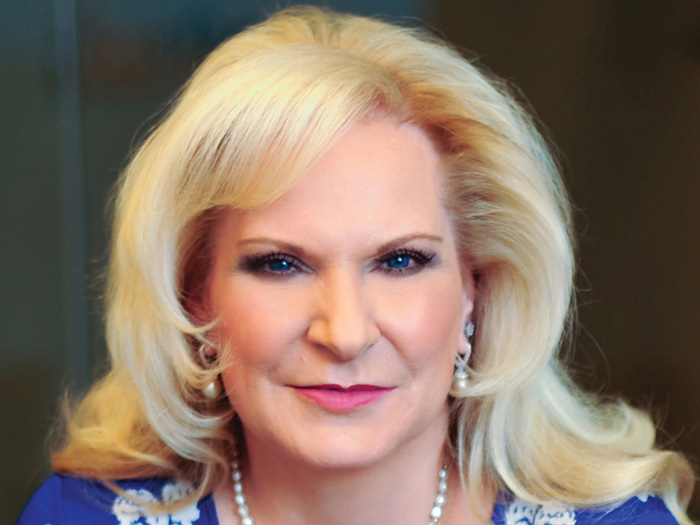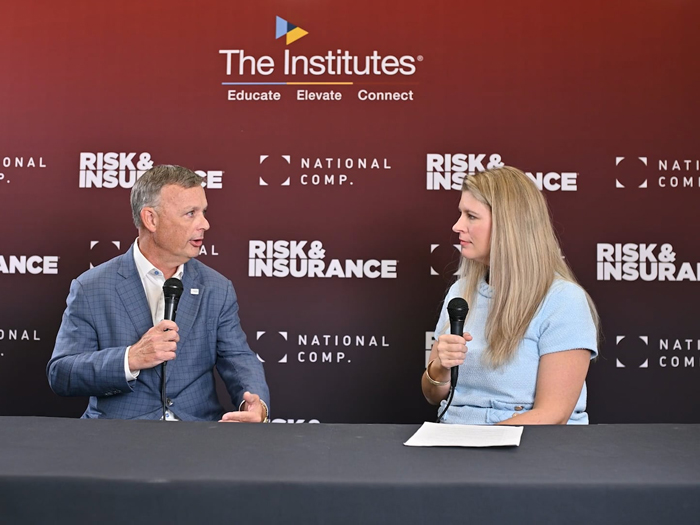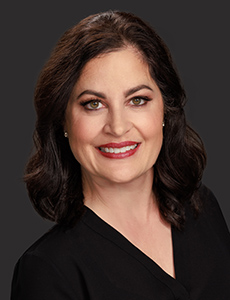2016 Most Dangerous Emerging Risks
Fragmented Voice of Authority: Experts Can Speak but Who’s Listening?

On Jan. 11, a German-Russian girl alleged she’d been assaulted by a Muslim mob. Her allegations fed into weeks of anti-immigrant hysteria in Germany and tension between Moscow and Berlin before her statements were unveiled as a hoax.
Fears over Syrian immigrants and Ebola light up our mobile devices as the much broader dangers of E. coli in our food supply and hospital-acquired infections get lost in the digital noise.
Misinformation on the connection between vaccination and autism spreads globally, leading parents around the world to stop inoculating their children. As a result, the measles, thought to be contained, re-emerges as a health threat in California, Germany and elsewhere.
All of these are examples of the fragmentation of the voice of informed authority. This emerging risk stems from our tendency to self-select information sources, choosing reports that conform with our pre-established notions, rather than trust official statements.
In essence, there are large segments of the population giving more credence to friends’ Facebook posts than to information from the government or some other informed source.
“Because of the way that information is curated and supplied to audiences, people are increasingly curating their own sources of facts, and this changes society’s ability to understand and respond to information. Consequently authoritative information is being distorted based on our own lens,” said Helen Thompson, the director of commercial marketing for Esri.
Thompson pointed to a February extreme weather event in Virginia in which four people were killed as a risk that most people ignore, either because the death toll was “low”, or the risk wasn’t sensational enough.
“Natural disasters slip off the agenda because unless you are directly impacted something you consider equally or more important comes down your curated channel and displaces it,” she said.
“We know that when people are seeking new information, when they perceive a risk of some sort, that they hold onto the first piece of information that makes common sense to them,” said Barbara Reynolds, a senior crisis and risk communications adviser with the Centers for Disease Control and Prevention.
“Unfortunately, sometimes that piece that they are exposed to and hold onto right away could be incorrect, making it more difficult to share correct information,” she said.
The risk is that stakeholders will underestimate grave threats, magnify less substantial ones, and fail to take appropriate action. And negative information, whether by street corner gossip, or through social media, spreads much faster than accurate information which might not be as dire.
“When we see something that affects us in a negative way, we are more inclined to retweet or rebroadcast that information without trying to understand whether this is an actual fact,” said Emilio Ferrara, a researcher with the Information Sciences Institute & Department of Computer Science at the University of Southern California.
“That is one of the most dangerous consequences,” Ferrara added.
“The fact that this conversation can foster the spread of panic, or even mass hysteria, whereas there is no practical risk involved.”
International Consequences
Perhaps the most glaring example is the current presidential election cycle in the United States.
An executive with a European reinsurer said he and his colleagues see the tone of political dialogue in the United States as a threat. That the acrimony, extremism and misinformation being expressed in some corners could lead to grave international consequences.
Among members of the Democratic and Republican parties, what’s emerged is a widespread belief that substantial disruption is needed. That there is something very “wrong,” and that a radical overhaul is in order.
That’s leading to extreme ideas like building a wall between the United States and Mexico or free college student tuition — without calculating the financial cost or the societal impact.
This when the national unemployment rate is at 5 percent, violent crime is down and we have access to better health care than previous generations, said Thompson.
“Our willingness to accept decentralized dissemination of knowledge and reject centralization of knowledge is what’s changed.” —Helen Thompson, director of commercial marketing, Esri
“Our willingness to accept decentralized dissemination of knowledge and reject centralization of knowledge is what’s changed,” she said.
“For whatever reason, there is widespread mistrust of government and the information it shares at the federal, state and local level.”
Technology Holds the Answer
But just as technology, in the form of social media and the internet, are the vehicles for the spread of misinformation and mistrust, experts agree that technology holds the hope of mitigating, not only internet-spread rumors, but real threats such as food supply chain dangers or internet propaganda campaigns of terror organizations.
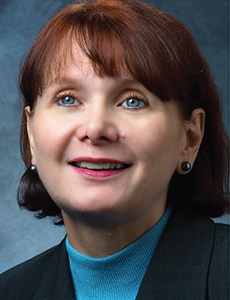
Barbara Reynolds, senior crisis and risk communications adviser, Centers for Disease Control and Prevention
“Yes, we have the fragmentation that you are talking about, that is true,” said Barbara Reynolds, the CDC risk and communications adviser who spent her career at the nexus of communications and social psychology.
“But when I put those parts of my knowledge together, I find that for every negative there is a positive,” she added.
In Reynolds’ view, these online postings, Tweets and “shares” mean that government agencies become less paternalistic.
“For someone in the business of trying to help people make good health decisions, this is an invaluable feedback mechanism for me,” she said.
Whereas before it might take her days or weeks to filter through reactions to CDC statements, now she gets that feedback almost immediately.
“You can’t just put out a recommendation, you have to be able to withstand attacks,” she said. “What’s really important is to be out there first. It has to be repeated and it has to come from more than one source.”
That means dropping the notion that you are the only authority and seeking strength in numbers. Reynolds said her organization now knows to communicate in concert with other health care organizations.
“It’s important for us to work with other authorities who are trusted and bring them into the conversation,” Reynolds said.
USC’s Ferrara said he and his co-researchers are creating algorithms that are capable of learning the characteristics of misinformation campaigns.
“We are seeing promising advances into the realm of detecting — and even predicting when it’s possible — forms of artificial orchestrated campaigns.
And a campaign can be defined as sustained efforts from some party or entity or a group of people to push some information out.”
Ferrara is collaborating with a company in Washington, D.C. on a system to be used by the U.S. Department of Defense to identify and mitigate terroristic propaganda campaigns. He is also working on frameworks for the CDC and other health care authorities.
“Yes, we have the fragmentation that you are talking about, that is true. But when I put those parts of my knowledge together, I find that for every negative there is a positive.” —Barbara Reynolds, senior crisis and risk communication adviser, Centers for Disease Control and Prevention
Even though the general population might not be focused on food supply chain risks, Thompson’s Esri is working on solutions.
She said her company is working with international organizations to create a unique way to link every farm in the food supply chain to the produce they grow.
“Now when you say, where did this apple come from and where did this prawn come from, you know its exact origin,” Thompson said.
It’s not only food supply chain risk that can be mitigated in this manner.
Labor law compliance, supply chain concerns over conflict diamonds or “gray market” gold could also be tracked through advanced technology.
“It’s going to require us to exchange information, transfer liability and quantify risk in a different way that’s happened before,” she added.
She said technology improvements and the Internet of Things will also allow for the tracking of every single unit a factory, farm or mine produces. That should provide much greater clarity for companies mitigating or facing a product recall.
“The IOT is going to fundamentally transform the way we monitor compliance and mitigate these classes of major risks,” she said. &
2016’s Most Dangerous Emerging Risks
 The Fractured Future Infrastructure in disrepair, power grids at risk, rampant misinformation and genetic tinkering — is our world coming apart at the seams?
The Fractured Future Infrastructure in disrepair, power grids at risk, rampant misinformation and genetic tinkering — is our world coming apart at the seams?
 Crumbling Infrastructure: Day of Reckoning Our health and economy are increasingly exposed to a long-documented but ignored risk.
Crumbling Infrastructure: Day of Reckoning Our health and economy are increasingly exposed to a long-documented but ignored risk.
 Cyber Grid Attack: A Cascading Impact The aggregated impact of a cyber attack on the U.S. power grid causes huge economic losses and upheaval.
Cyber Grid Attack: A Cascading Impact The aggregated impact of a cyber attack on the U.S. power grid causes huge economic losses and upheaval.
 Gene Editing: The Devil’s in the DNA Biotechnology breakthroughs can provide great benefits to society, but the risks can’t be ignored.
Gene Editing: The Devil’s in the DNA Biotechnology breakthroughs can provide great benefits to society, but the risks can’t be ignored.






